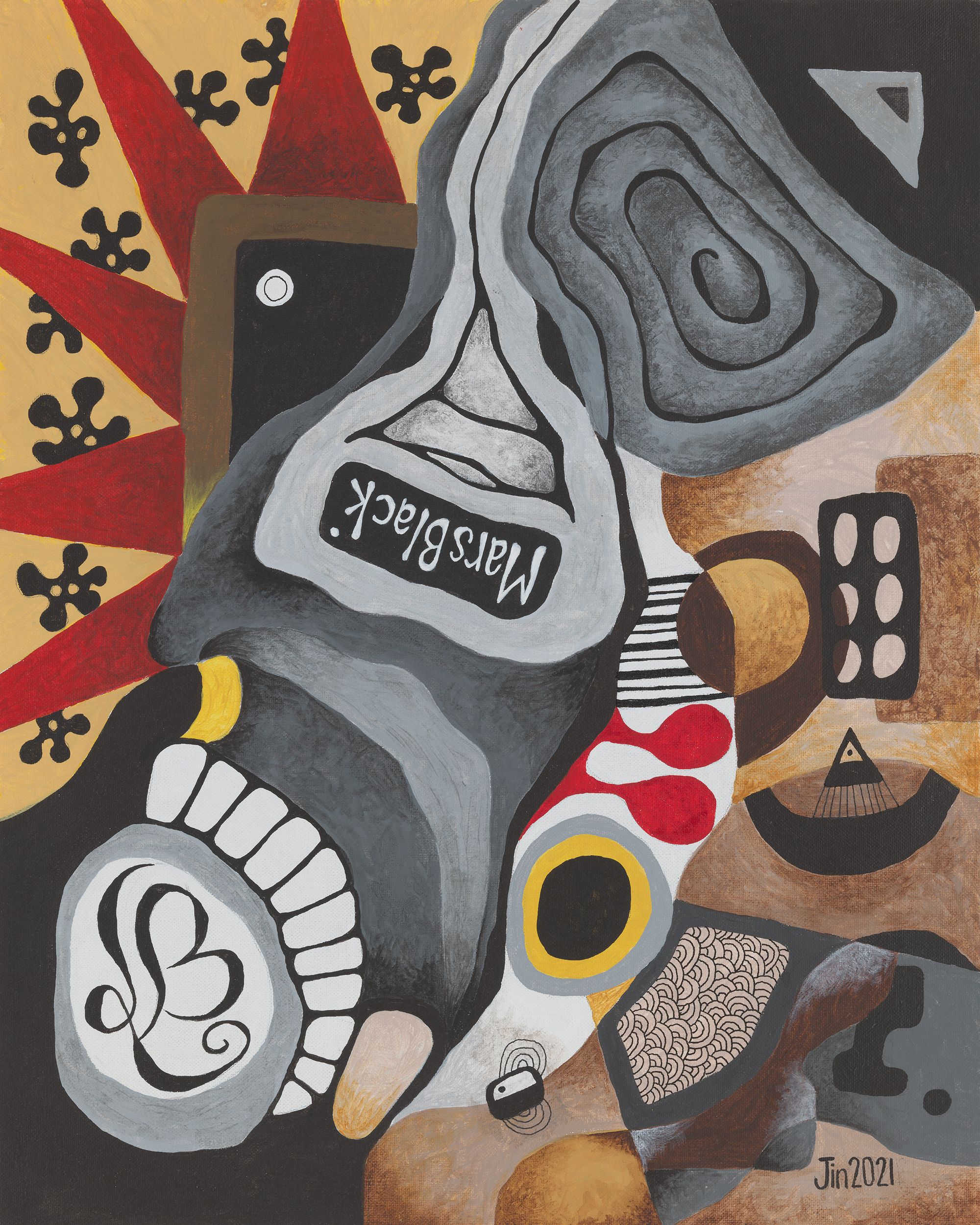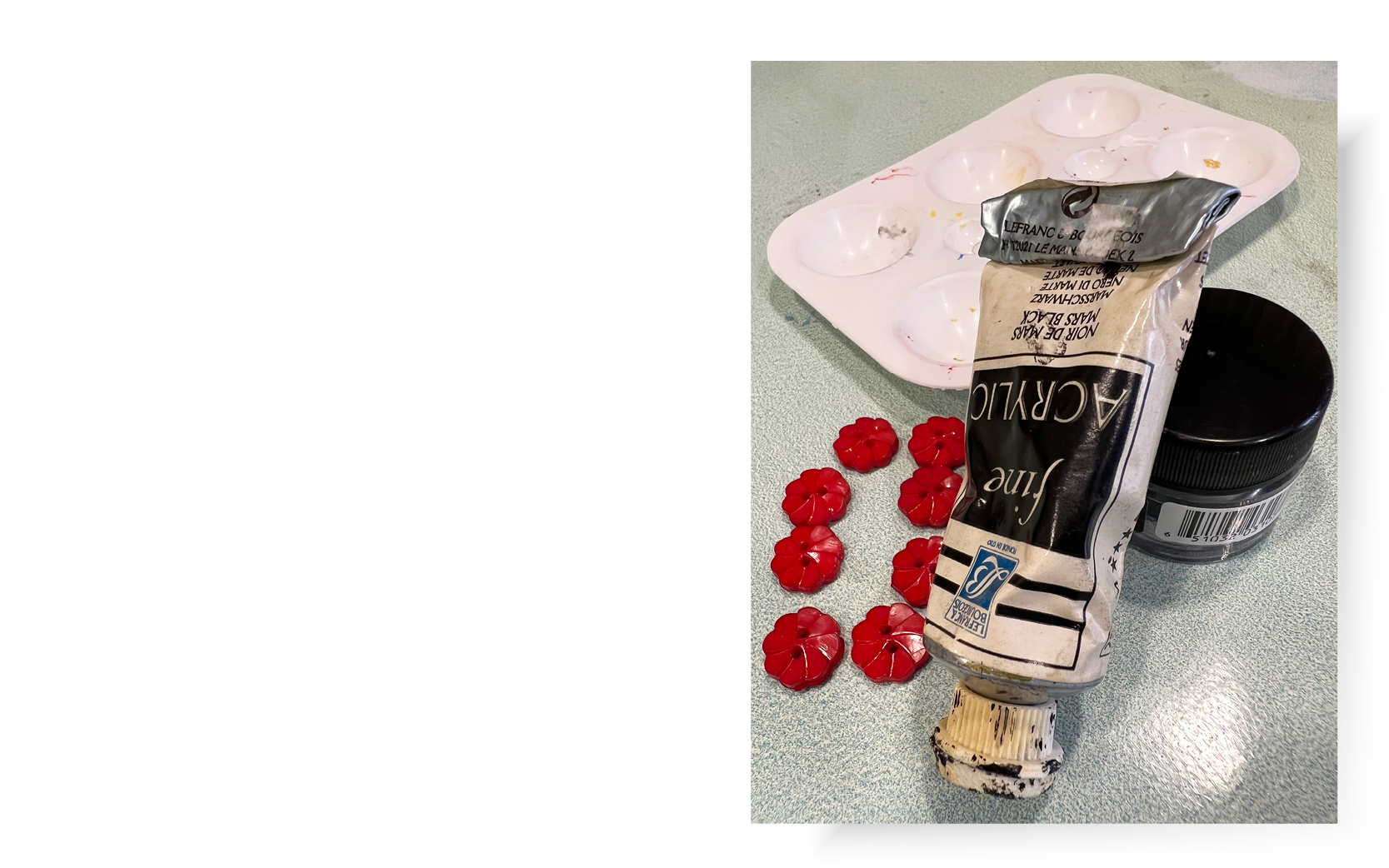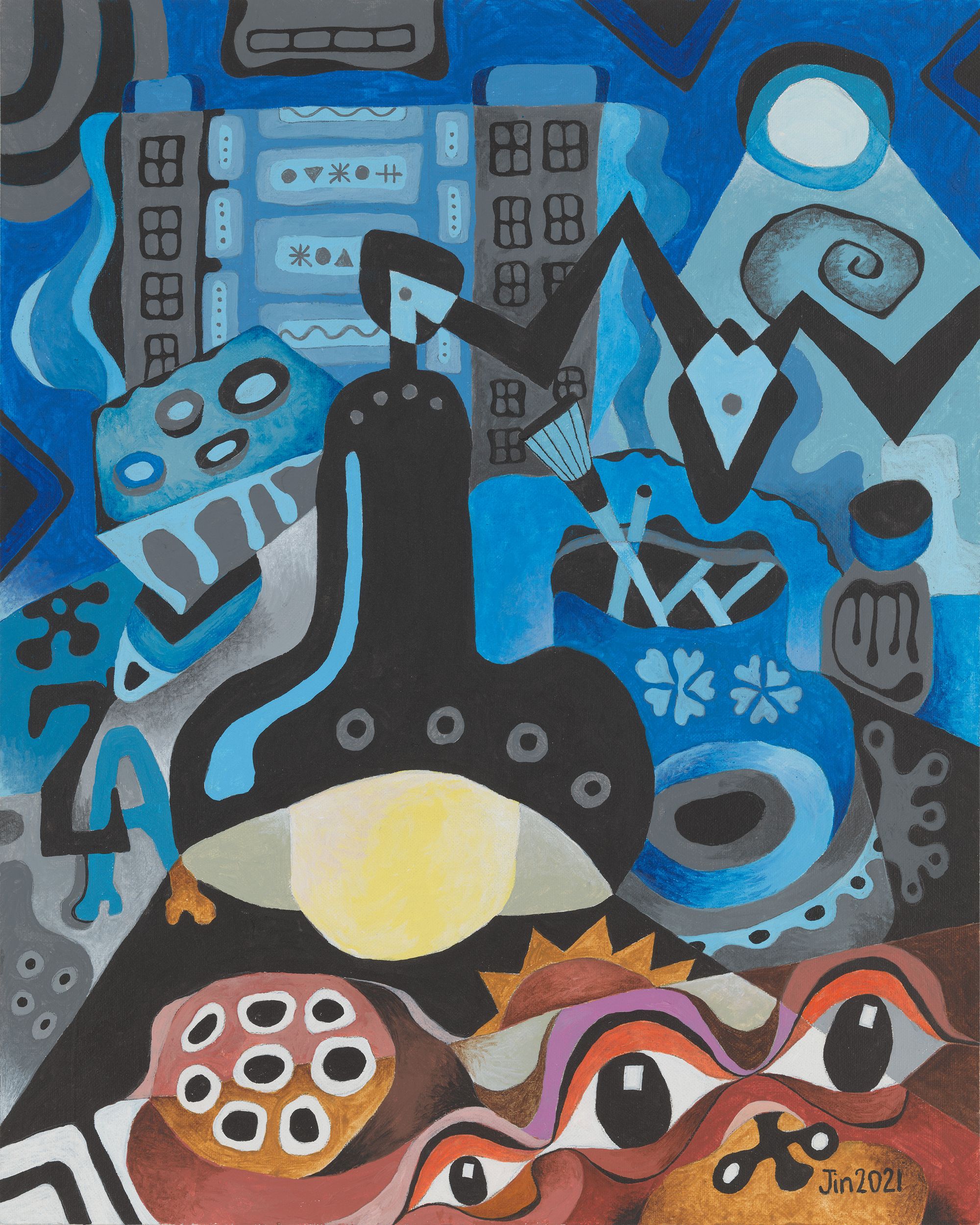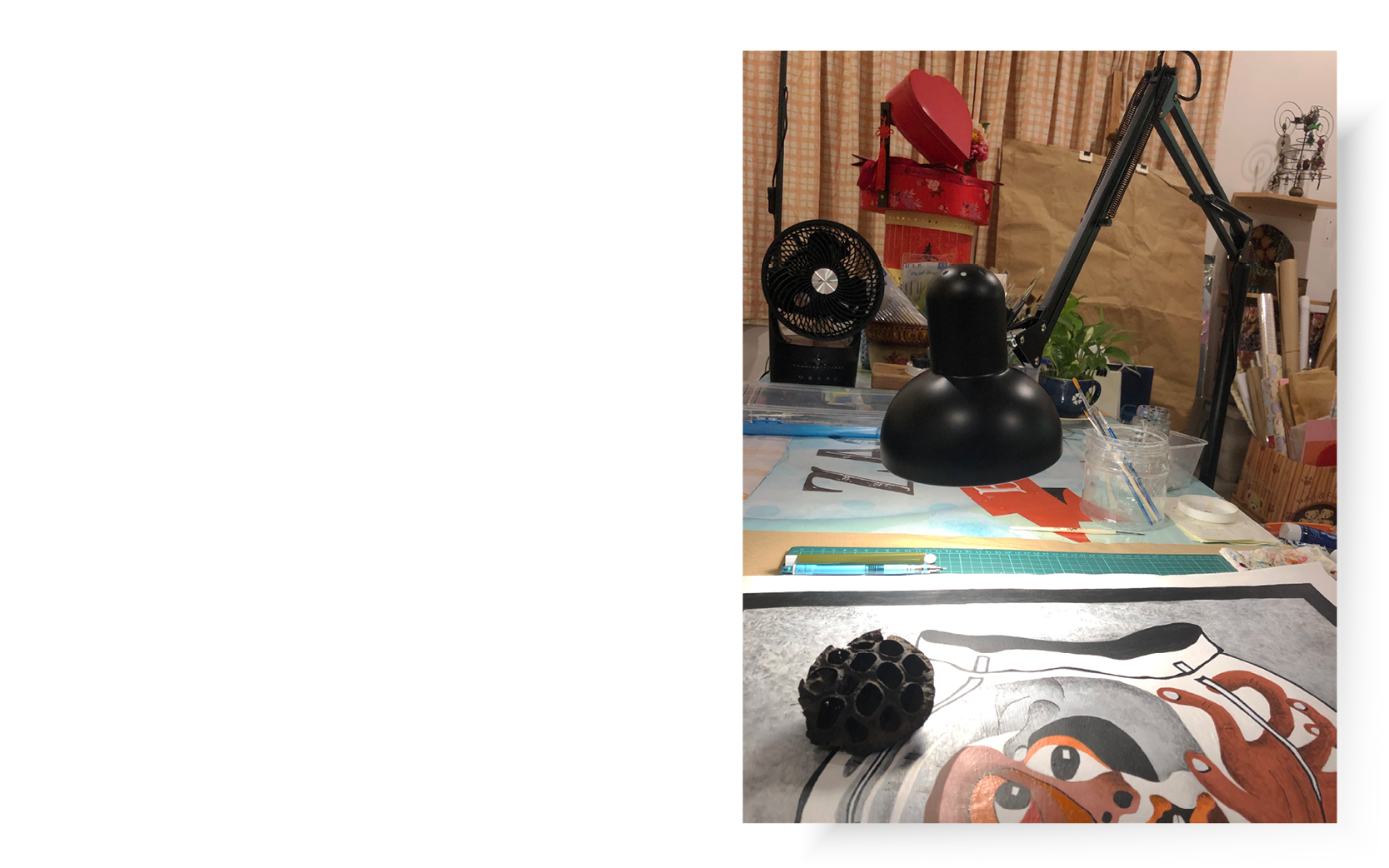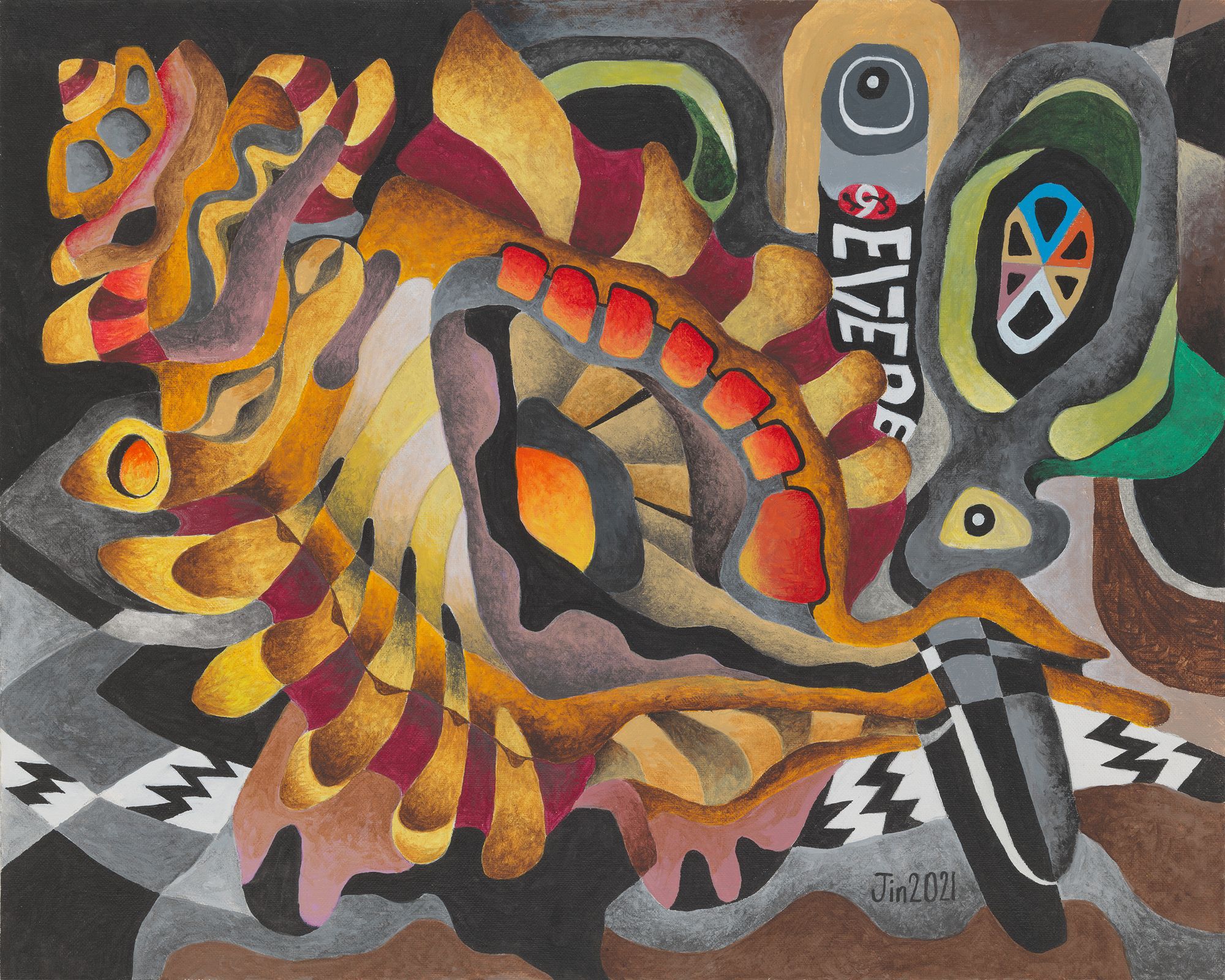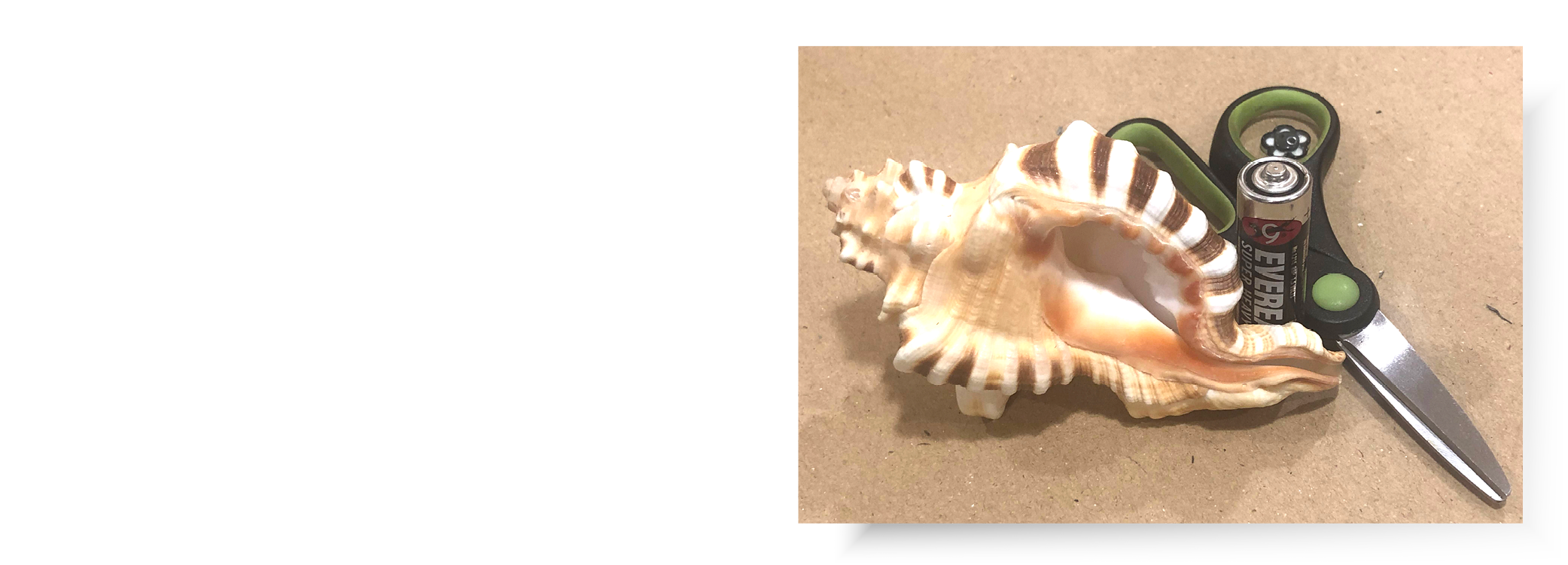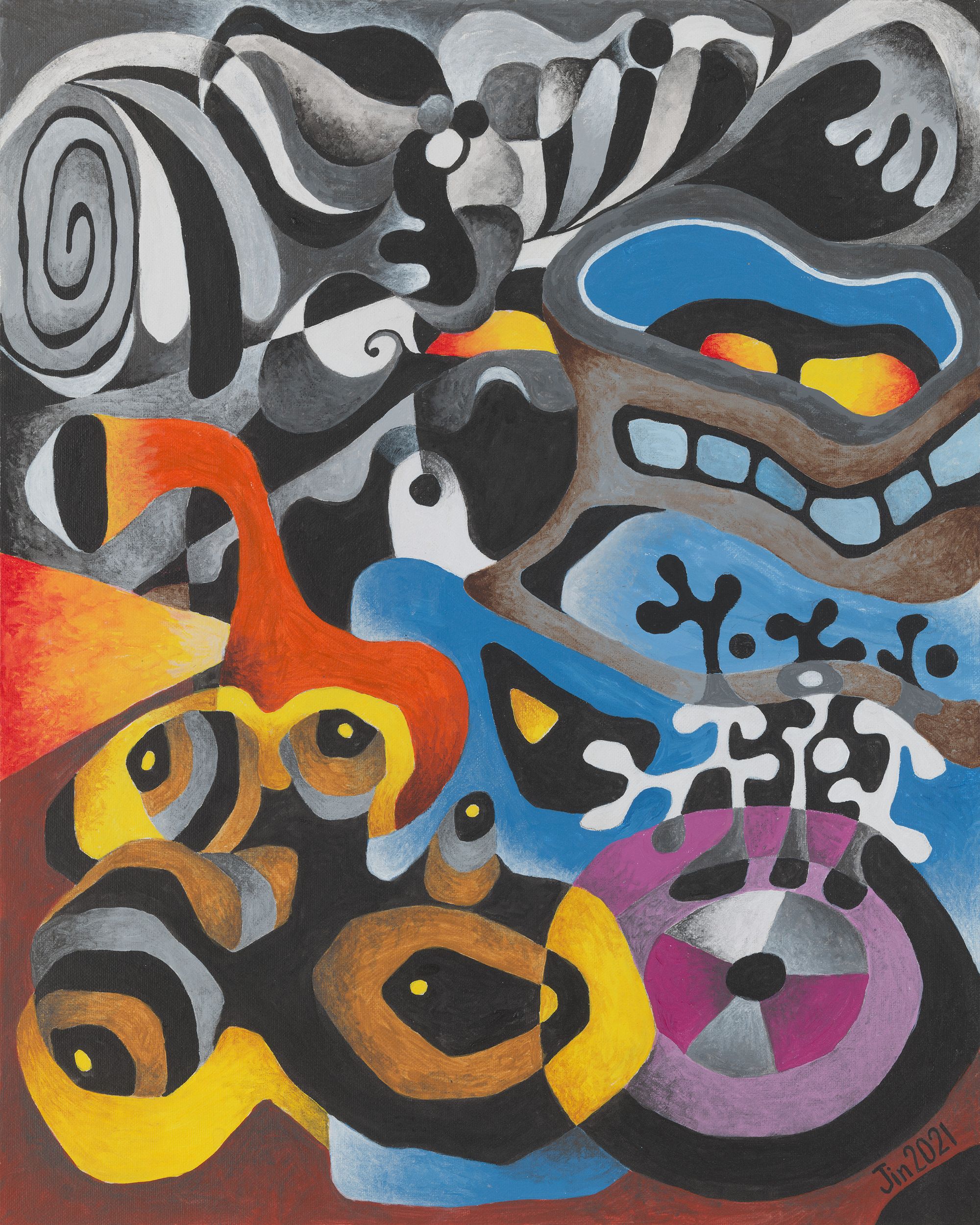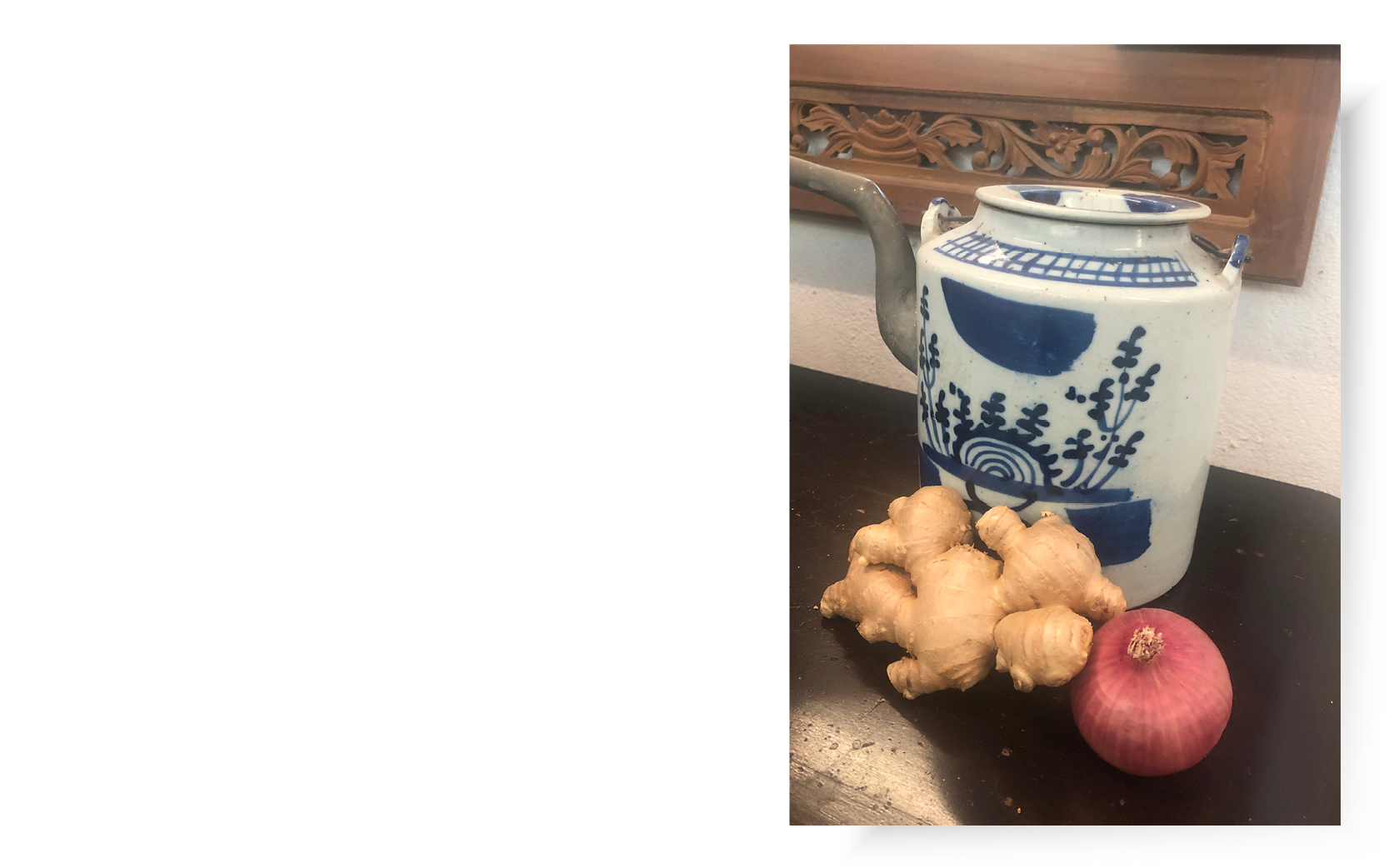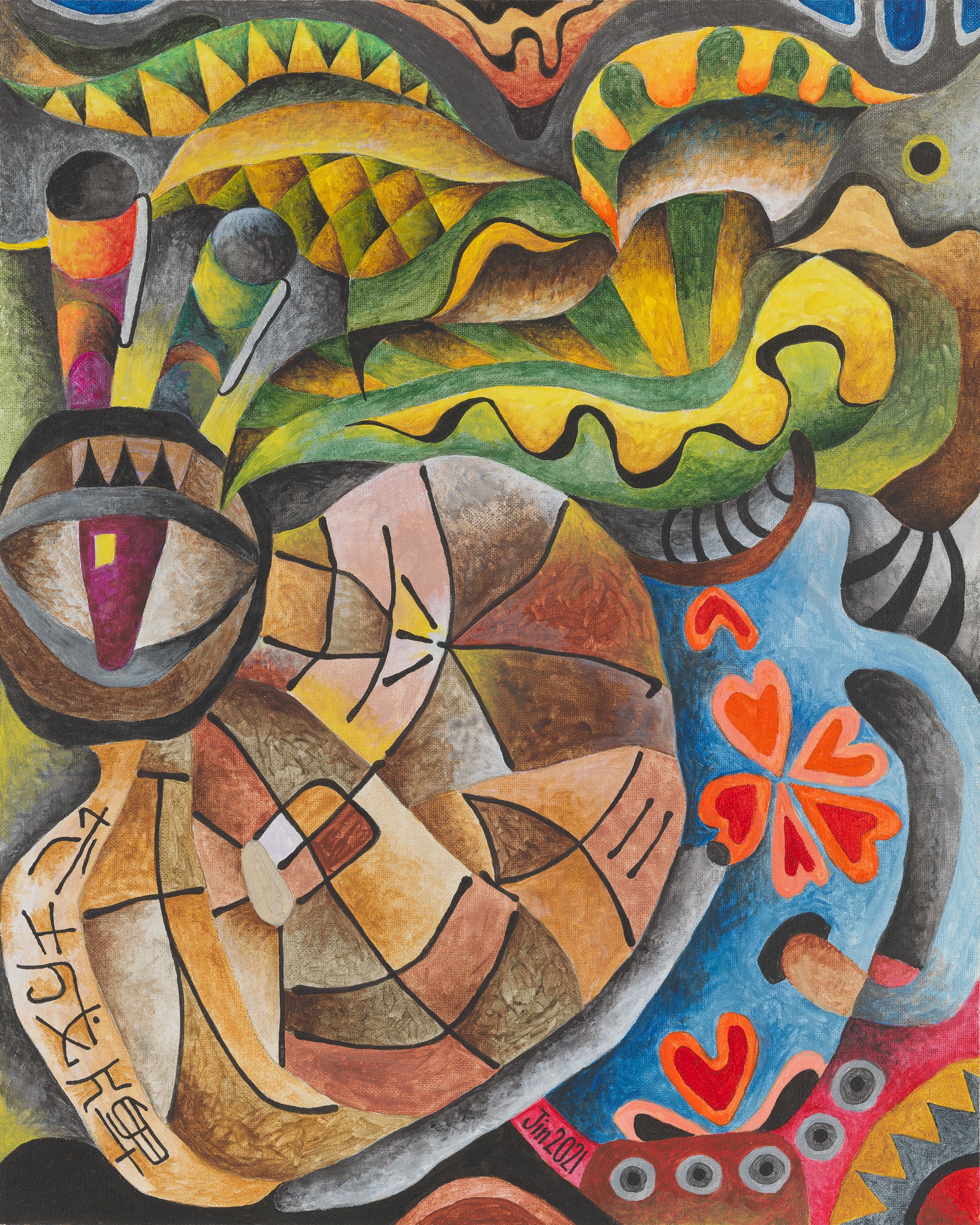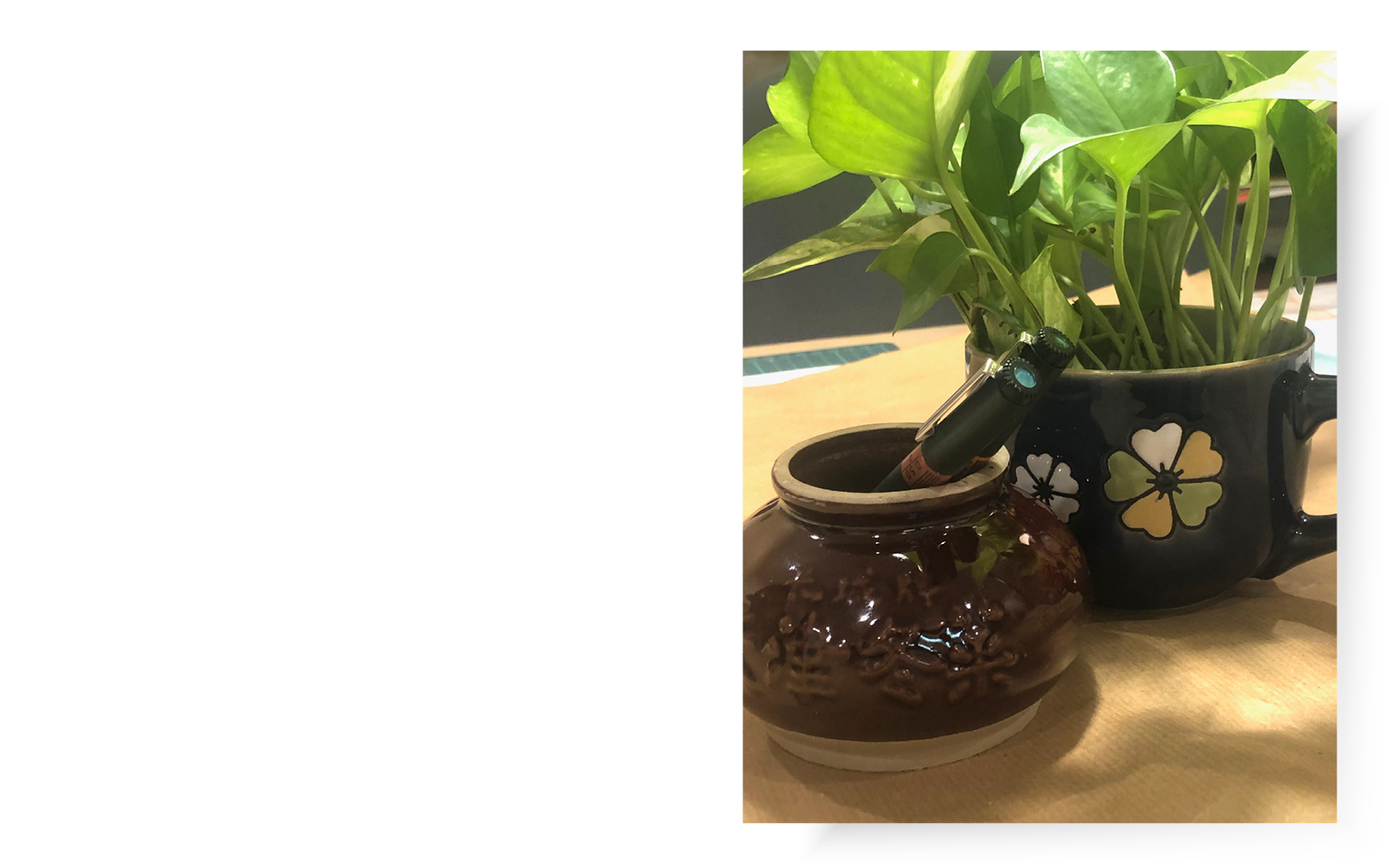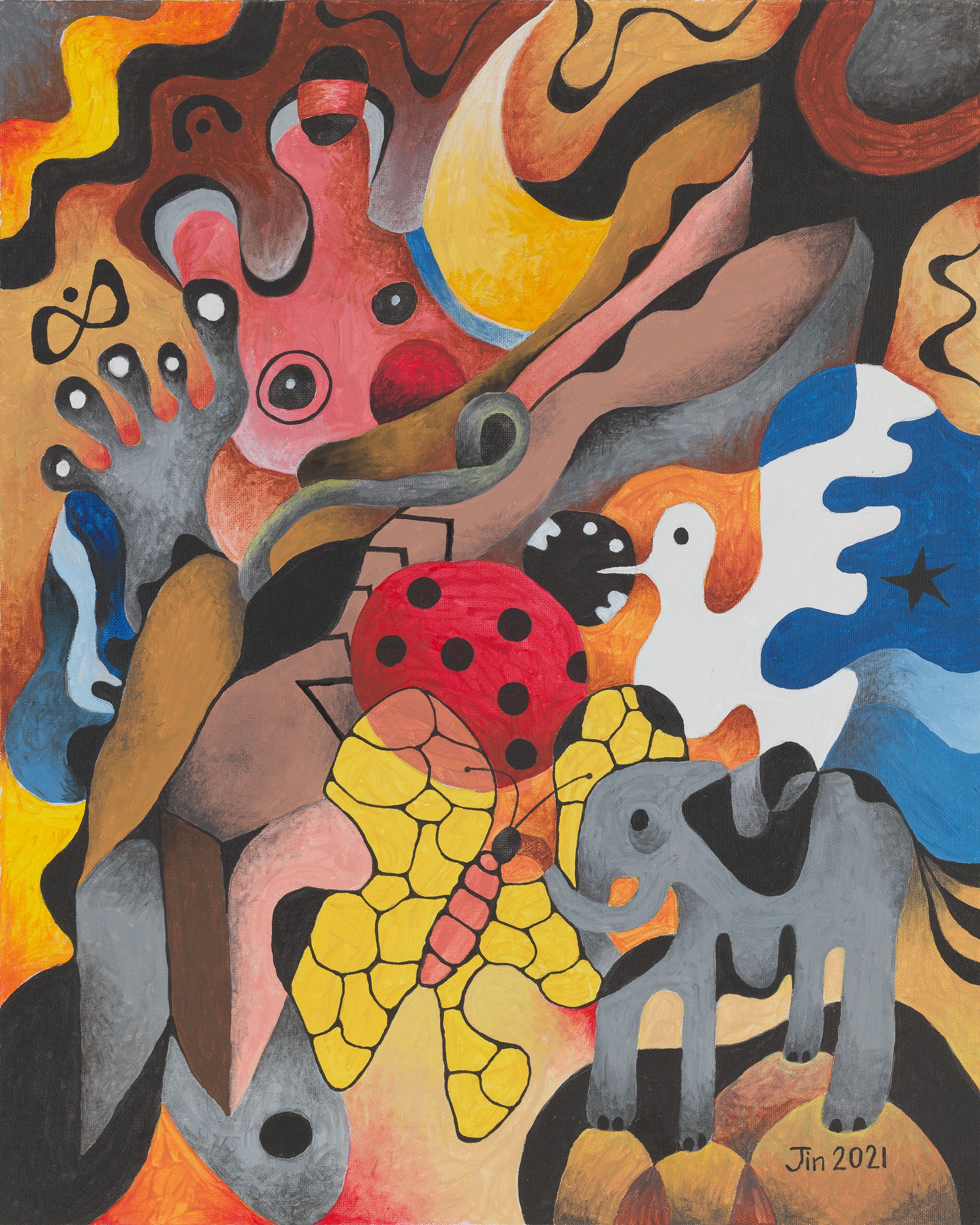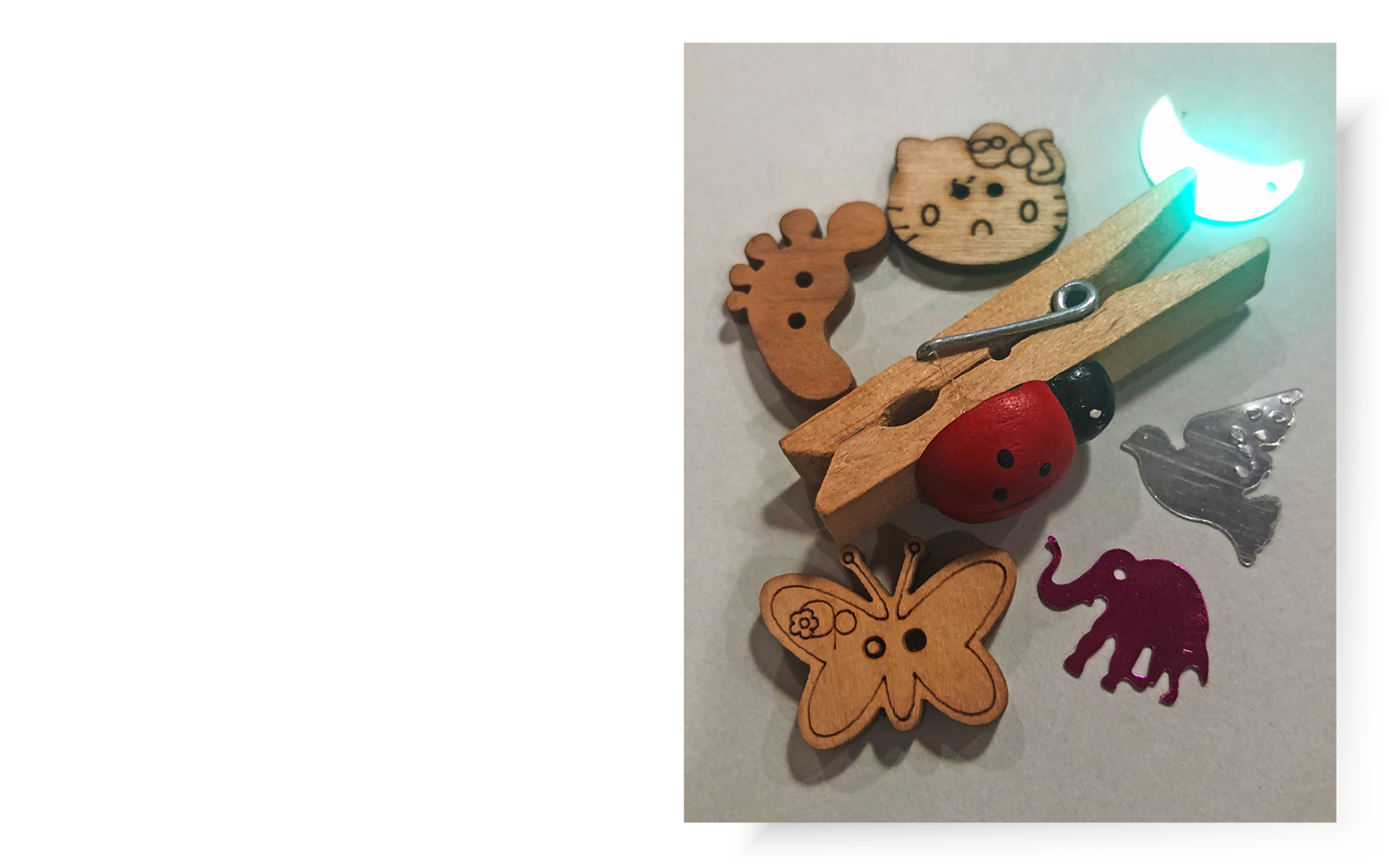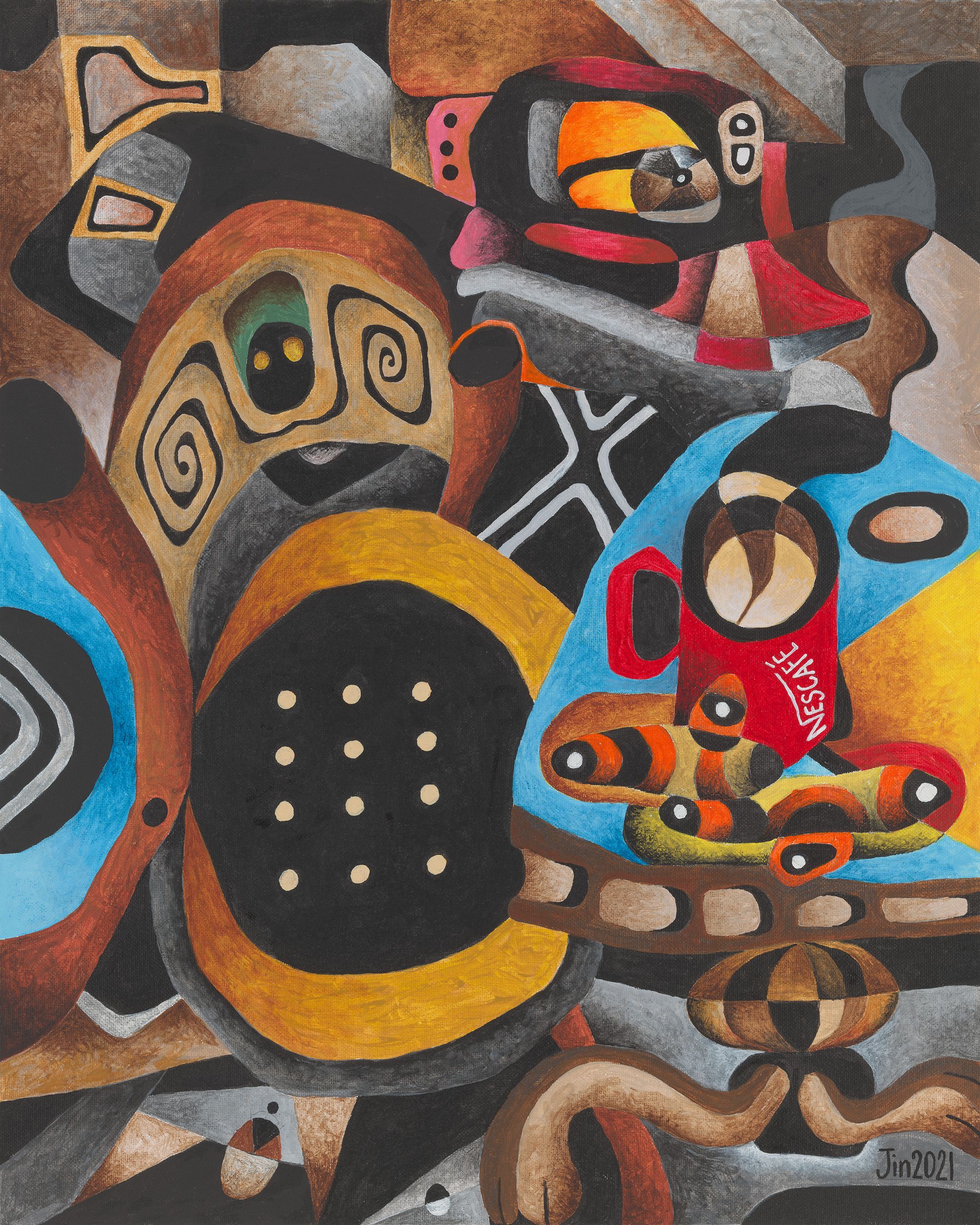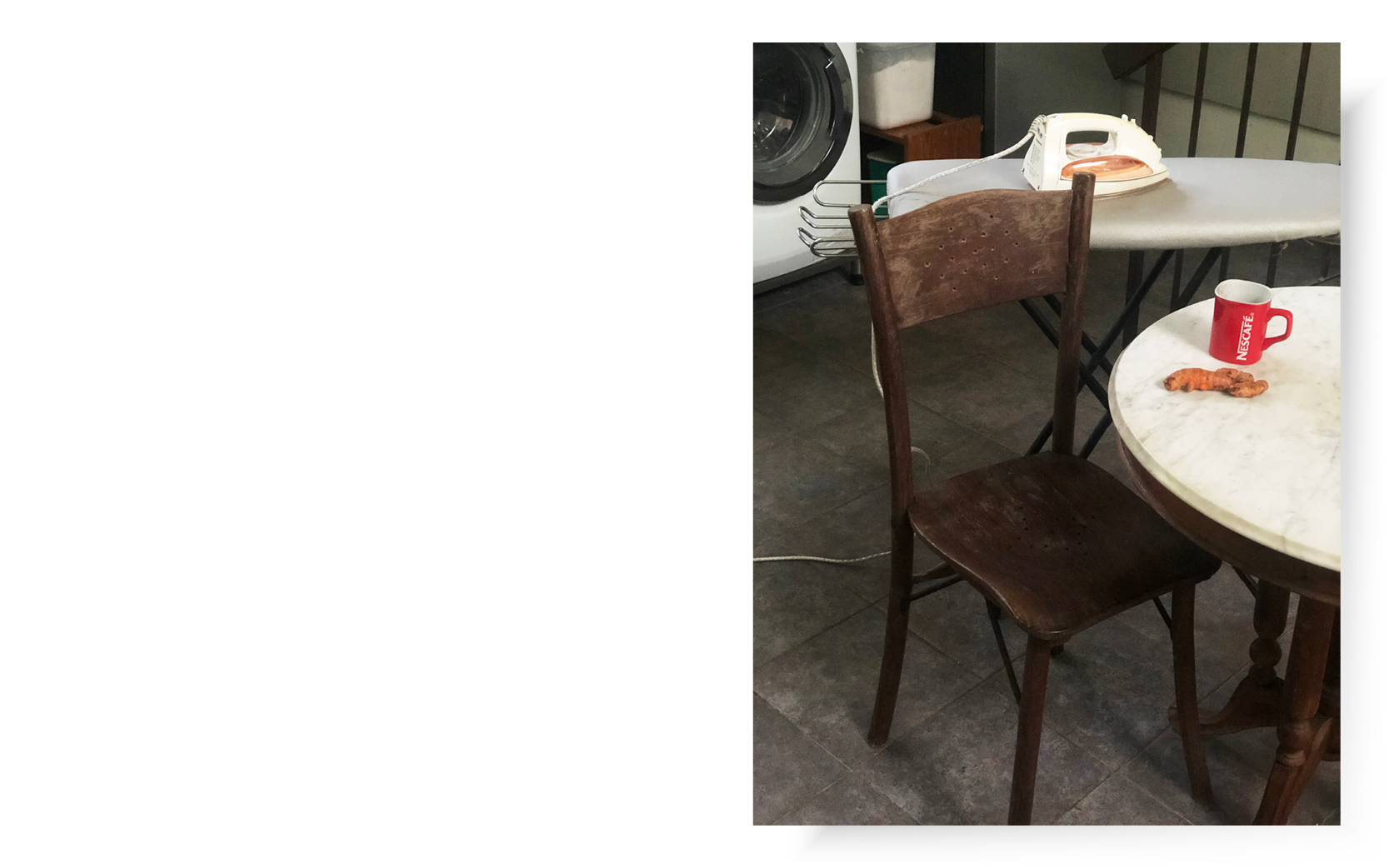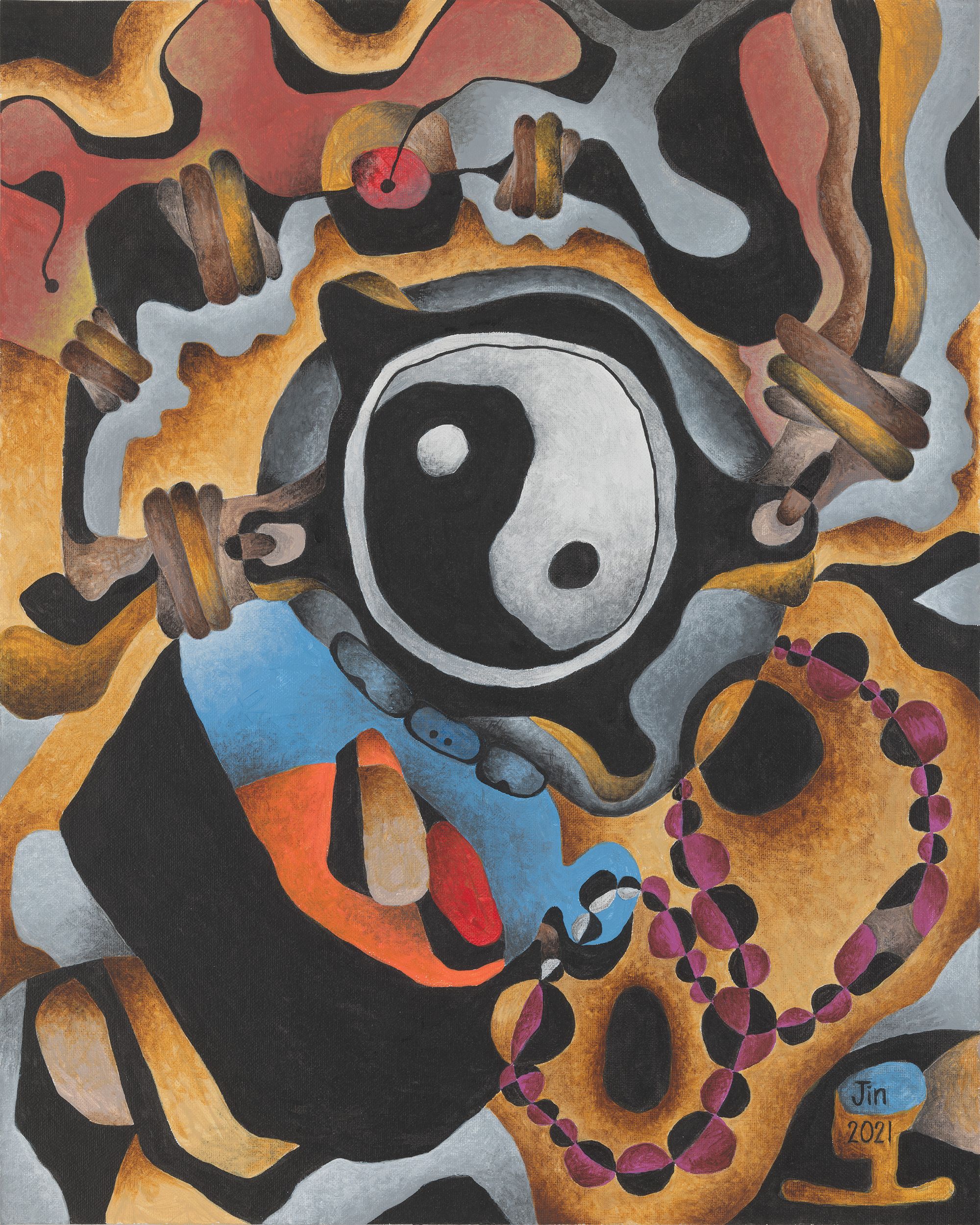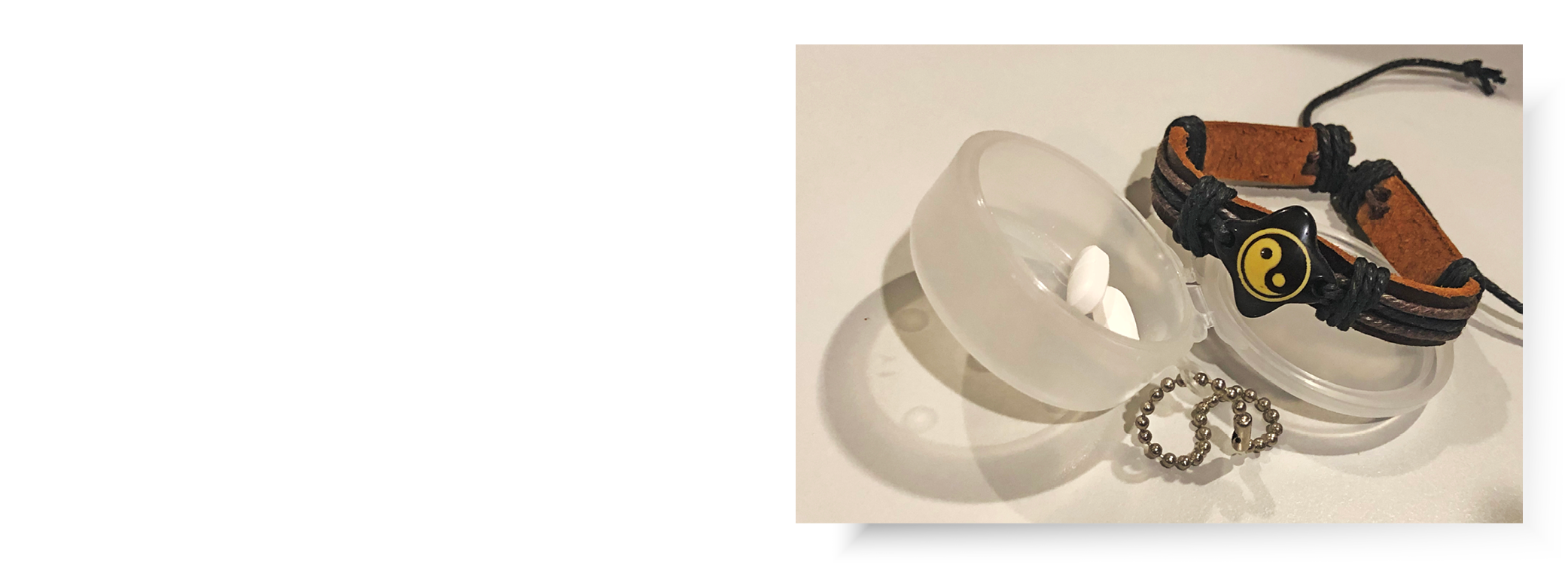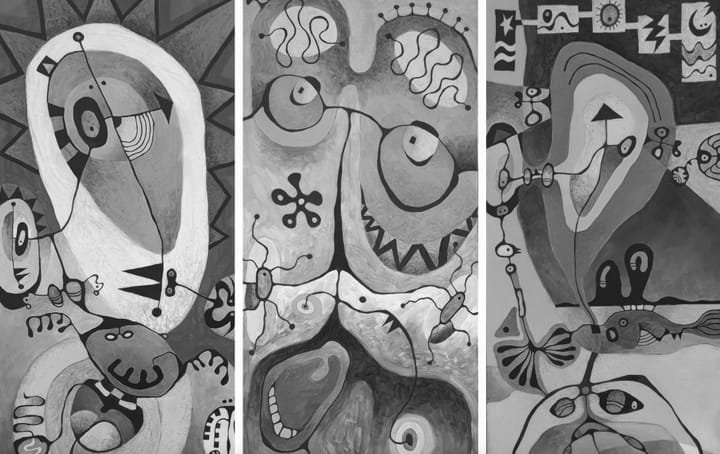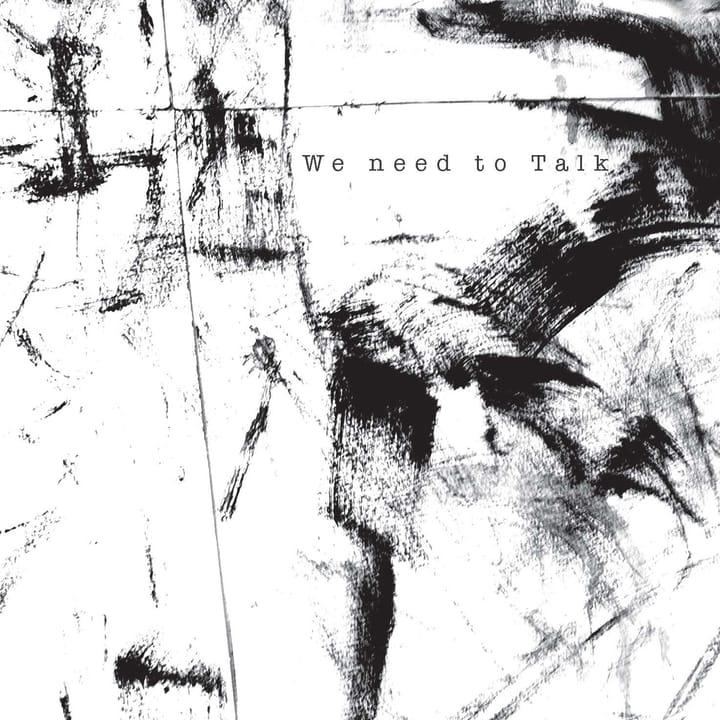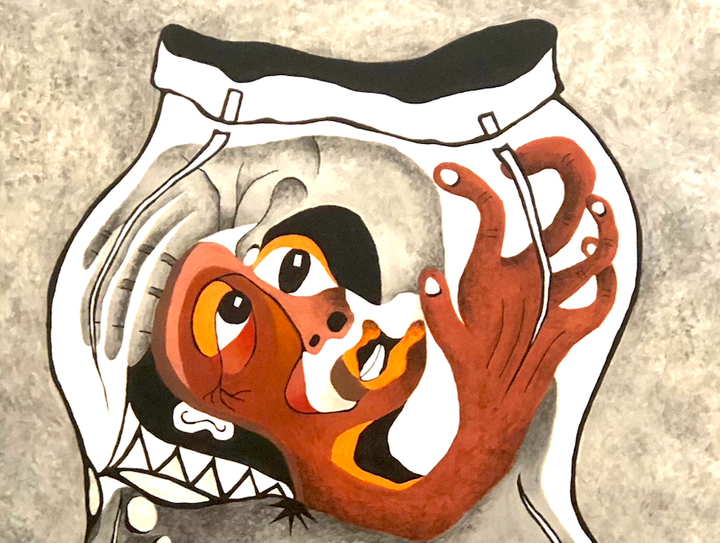Exaggerated stills
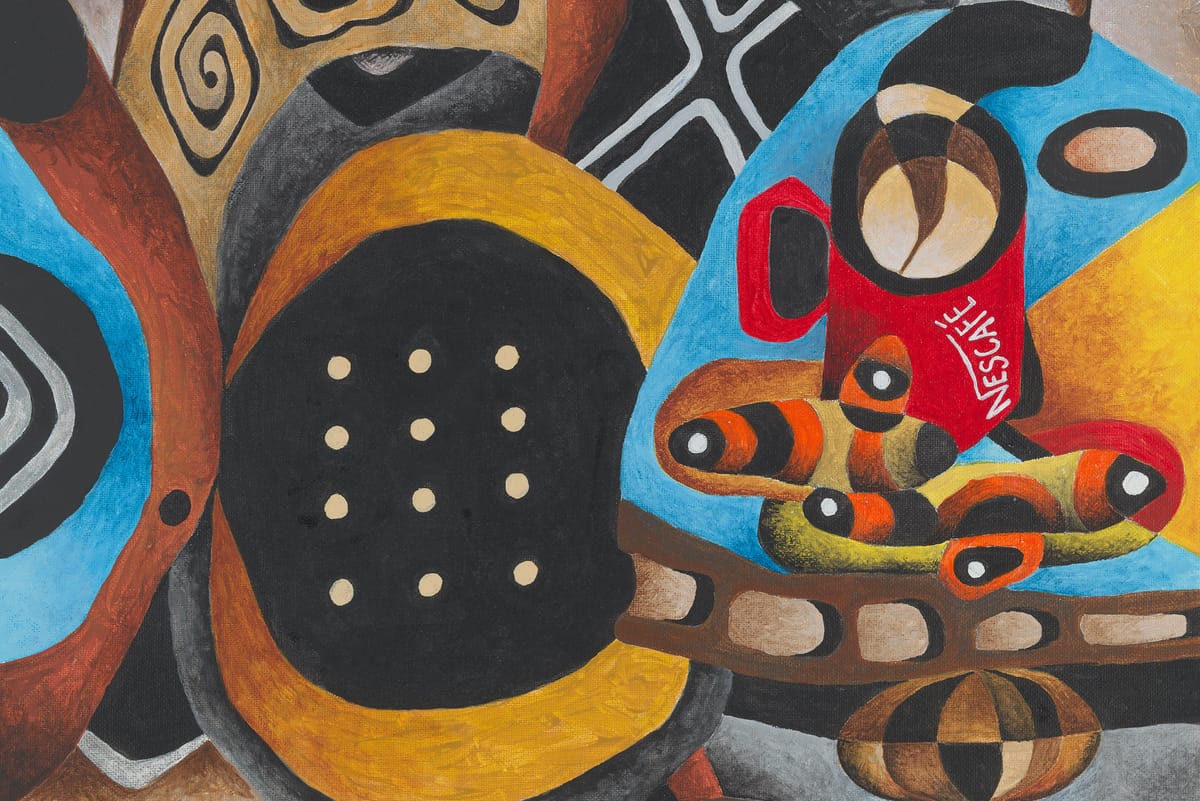
MOST OF US experience the mundane everyday. This is quite fine, actually. Necessary, in fact. Everyday things anchor us to reality and allow life to function “normally”.
Art, however, cannot be ordinary. Much like a newspaper page or a video, media I am familiar with, pieces of art are packed with meaning. More than that, emotions and the subconscious of the artist, usually displayed in an accentuated manner, are essential ingredients. The Russian artist, Wassily Kandinsky (1866-1944), gave a poignant definition of art: “In each picture is a whole lifetime imprisoned, a whole lifetime of fears, doubts, hopes, and joys. Whither is this lifetime tending? What is the message of the competent artist? ... To harmonise the whole is the task of art.”
Artists are indeed a bundle of contradictions, swinging between pride and humility, and strong ego and vulnerability; between joy and remorse; and hope and fear. Loneliness is a pervasive condition among them but, by their very vocation, they seek connectedness and relevance, even if reluctantly. They are also forced to be outsiders looking in on themselves as insider-outsiders while they decide how to move ahead from each stop of their lives to another.
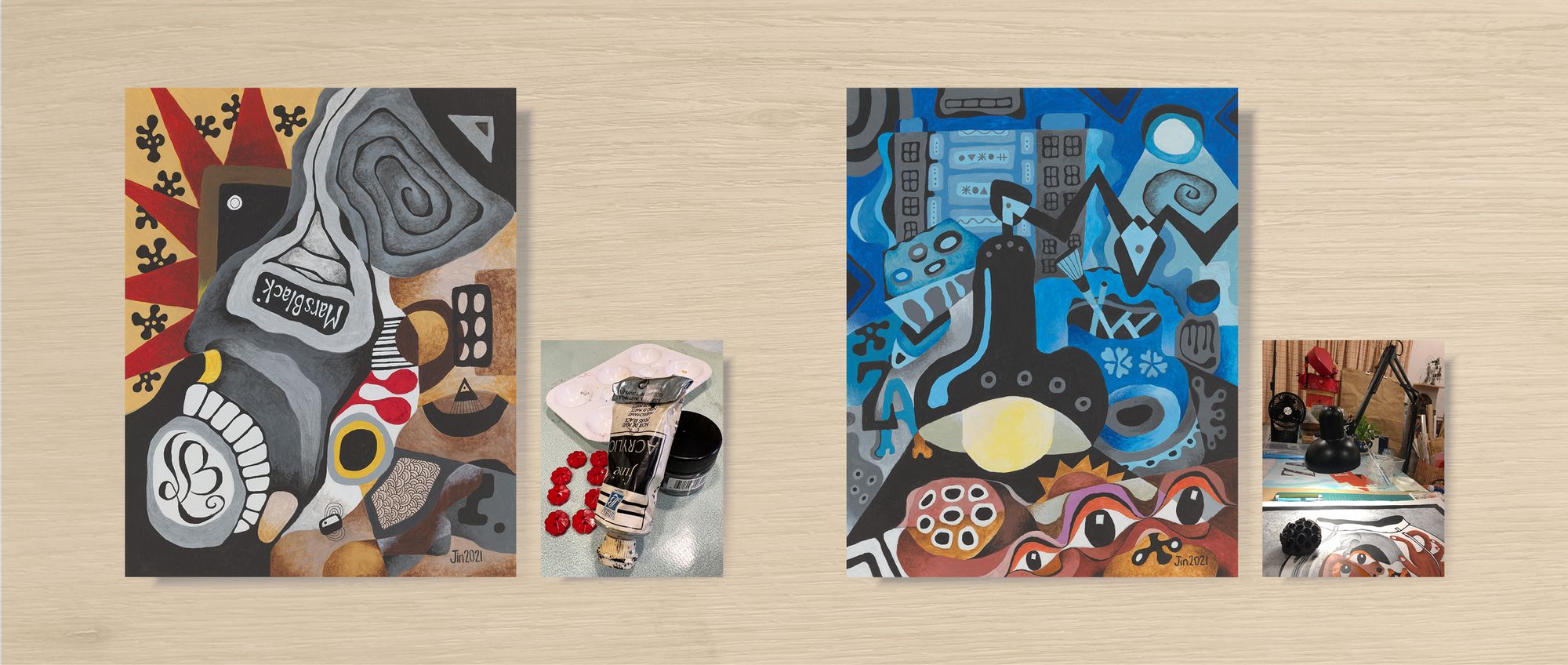
I have always felt that adding more dimensions to one’s work would give greater breadth and depth of understanding. Introspection and writing about self-reflection help too. I do this quite often. See, for example, “Notes on what to do with the self” below.
Notes on what to do with the self ** Click to read
Peel it slowly
Appreciate the myriad layers
Till you reach its nothingness
Visit, see it flash
In a stream of awareness
Through the oblivion
Feel it grow and distort
In the memories of others
And its own
Celebrate its freedom
Within the confines of its body
Its surrounds
And the will of others
Find it at peace
In the sanctuary
Of its inner being
Kandinsky’s writings resonate well with me so I am quoting extensively from his Concerning the Spiritual in Art below. I came across them, after a friend recommended that I go through an article by Maria Popova at a website called “The Marginalian”. Read here.
Quotes from Wassily Kandinsky’s Concerning the Spiritual in Art ** Click to read
Anchors for the soul
When religion, science and morality are shaken... and when the outer supports threaten to fall, man turns his gaze from externals in on to himself. Literature, music and art are the first and most sensitive spheres in which this spiritual revolution makes itself felt. They reflect the dark picture of the present time and show the importance of what at first was only a little point of light noticed by few and for the great majority non-existent. Perhaps they even grow dark in their turn, but on the other hand they turn away from the soulless life of the present towards those substances and ideas which give free scope to the non-material strivings of the soul.
Products of their times
The various arts of today learn from each other and often resemble each other... The greatest freedom of all, the freedom of an unfettered art, can never be absolute. Every age achieves a certain measure of this freedom, but beyond the boundaries of its freedom the mightiest genius can never go. But the measure of freedom of each age must be constantly enlarged.
Free
There is no “must” in art, because art is free.
Birth
The work of art is born of the artist in a mysterious and secret way. From him it gains life and being. Nor is its existence casual and inconsequent, but it has a definite and purposeful strength, alike in its material and spiritual life. It exists and has power to create spiritual atmosphere; and from this inner standpoint one judges whether it is a good work of art or a bad one. If its “form” is bad it means that the form is too feeble in meaning to call forth corresponding vibrations of the soul...
Works and the responsibility of artists
Art is not vague production, transitory and isolated, but a power which must be directed to the improvement and refinement of the human soul — to, in fact, the raising of the spiritual triangle.
If art refrains from doing this work, a chasm remains unbridged, for no other power can take the place of art in this activity. And at times when the human soul is gaining greater strength, art will also grow in power, for the two are inextricably connected and complementary one to the other. Conversely, at those times when the soul tends to be choked by material disbelief, art becomes purposeless and talk is heard that art exists for art’s sake alone...
It is very important for the artist to gauge his position aright, to realize that he has a duty to his art and to himself, that he is not king of the castle but rather a servant of a nobler purpose. He must search deeply into his own soul, develop and tend it, so that his art has something to clothe, and does not remain a glove without a hand. The artist must have something to say, for mastery over form is not his goal but rather the adapting of form to its inner meaning.
The artist is not born to a life of pleasure. He must not live idle; he has a hard work to perform, and one which often proves a cross to be borne. He must realise that his every deed, feeling, and thought are raw but sure material from which his work is to arise, that he is free in art but not in life.
The artist has a triple responsibility to the non-artists: (1) He must repay the talent which he has; (2) his deeds, feelings, and thoughts, as those of every man, create a spiritual atmosphere which is either pure or poisonous. (3) These deeds and thoughts are materials for his creations, which them- selves exercise influence on the spiritual atmosphere.
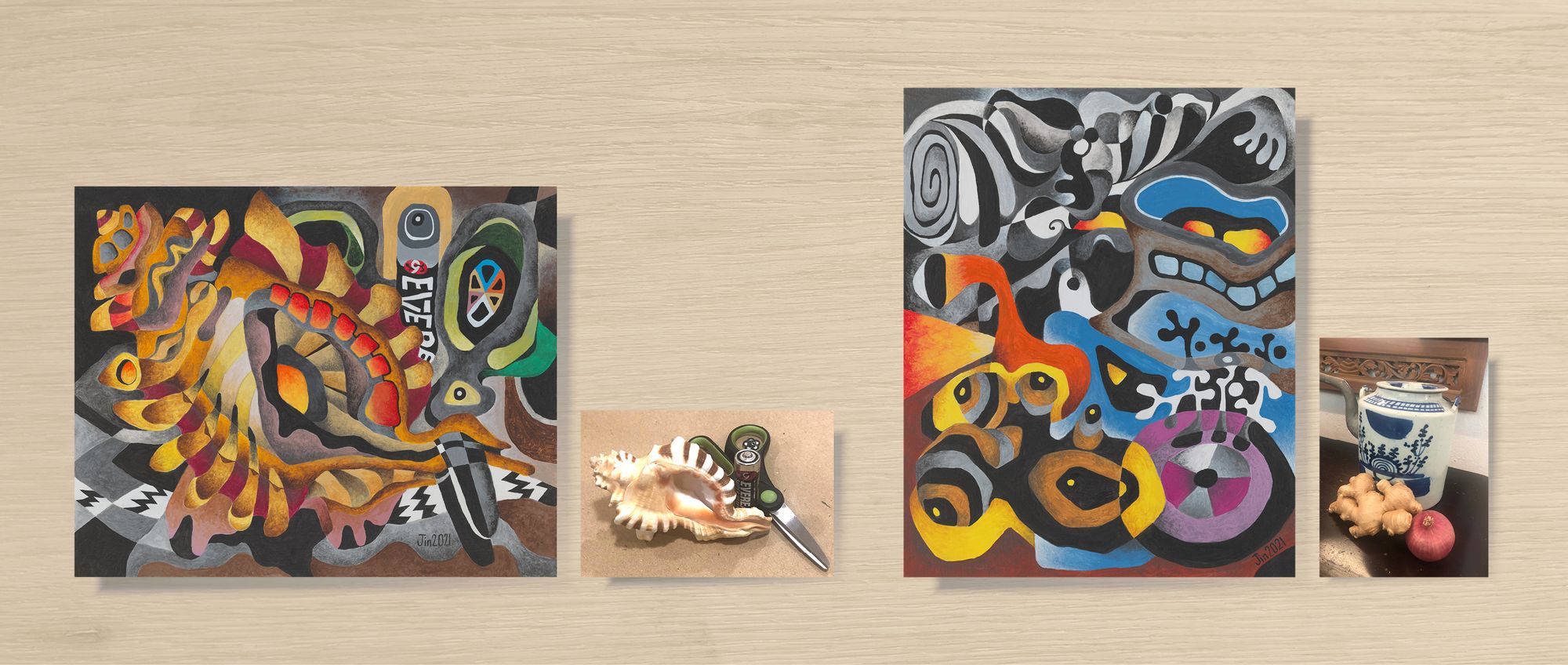
Anyway I hope that through my paintings, verses and the occasional video, my “biographical expressions”, people can see something of themselves through me. They may perhaps appreciate and, hopefully, learn from my experience to see life from a more holistic perspective. This is especially applicable to people who have known me in other capacities — as a relative or a colleague at work.
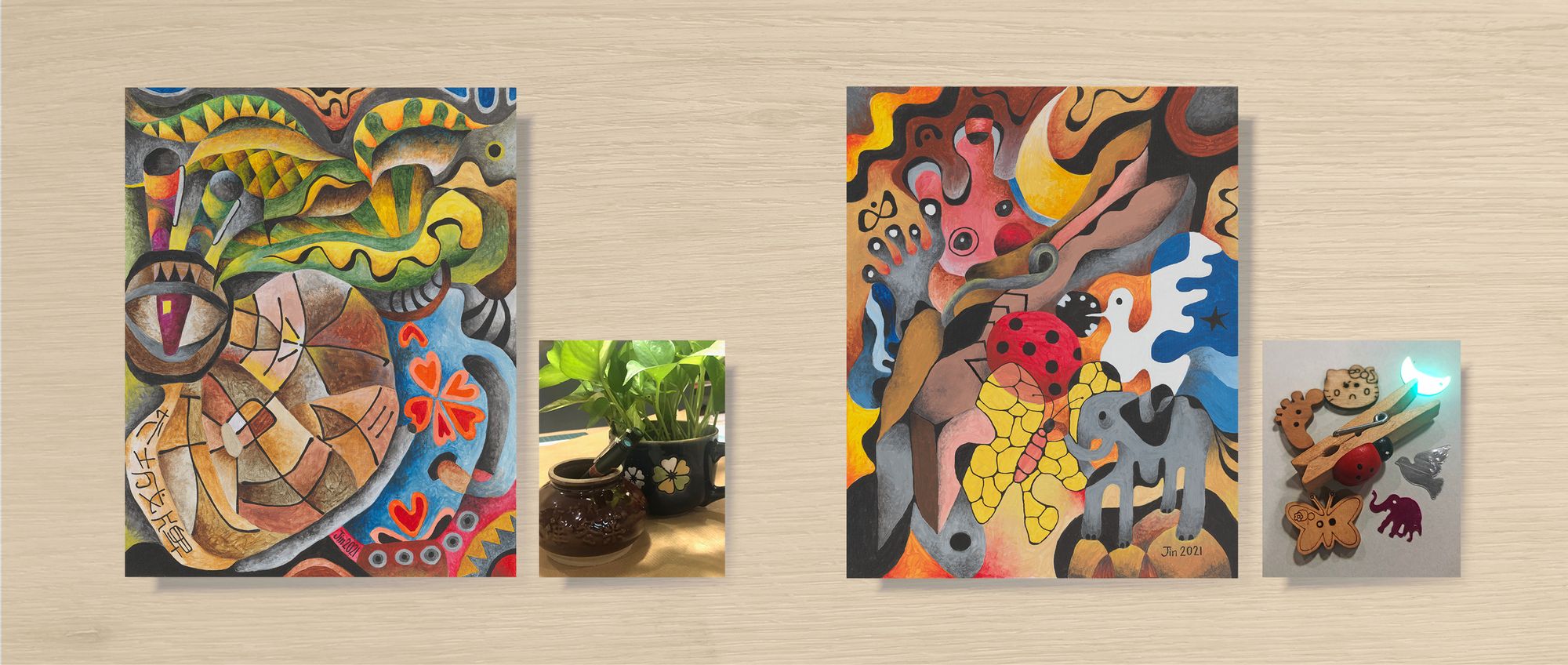
Be that as it may, this series is an attempt to see how one can inject colours and altered forms in the portrayal of mundane objects. Ordinary shapes are twisted to allow us to view reality in a different manner without losing links between the original and the painted. In the process, it gives the art forms an existence almost of their own. I have juxtaposed the originals with the pieces in my catalogue booklet (download here) for people to compare.
This exercise also demonstrates how art can been used as a worldview-altering tool — in advertising and even in social media today where influencers employ all sorts of artistic tactics to tweak mindsets. Art, of course, has always been a part of political activity and other forms of activism.
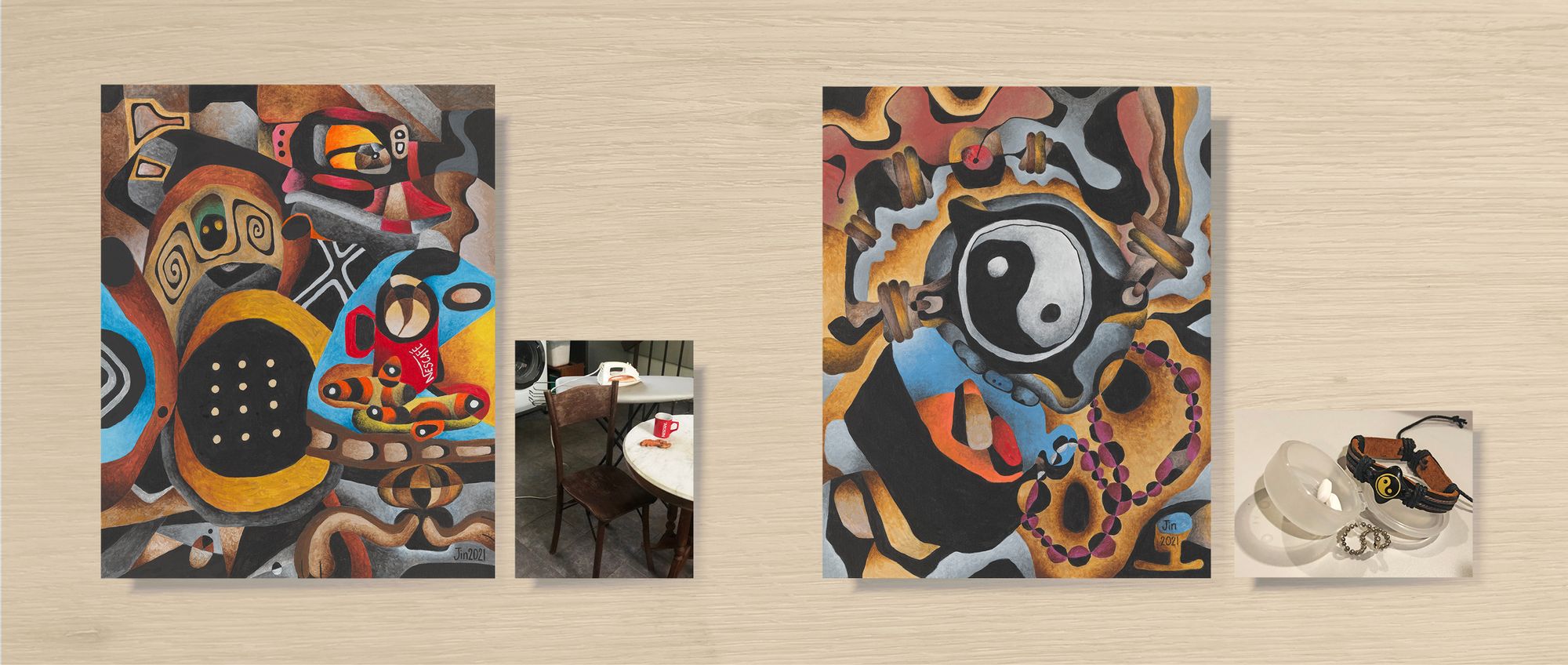
“Exaggerated stills” are not about techniques; they are more about an approach to art, an offshoot of cubism and post-impressionism. Techniques are important and I have great respect for people who display mastery over difficult ones — especially in art forms that require dexterity and spontaneity. Technical considerations, however, should not suppress the urge, the need, to be creative by those who do not possess such skills. Art should, as far as possible, be free of pre-set techniques. As Kandinsky said: “There is no ‘must’ in art, because art is free.”
